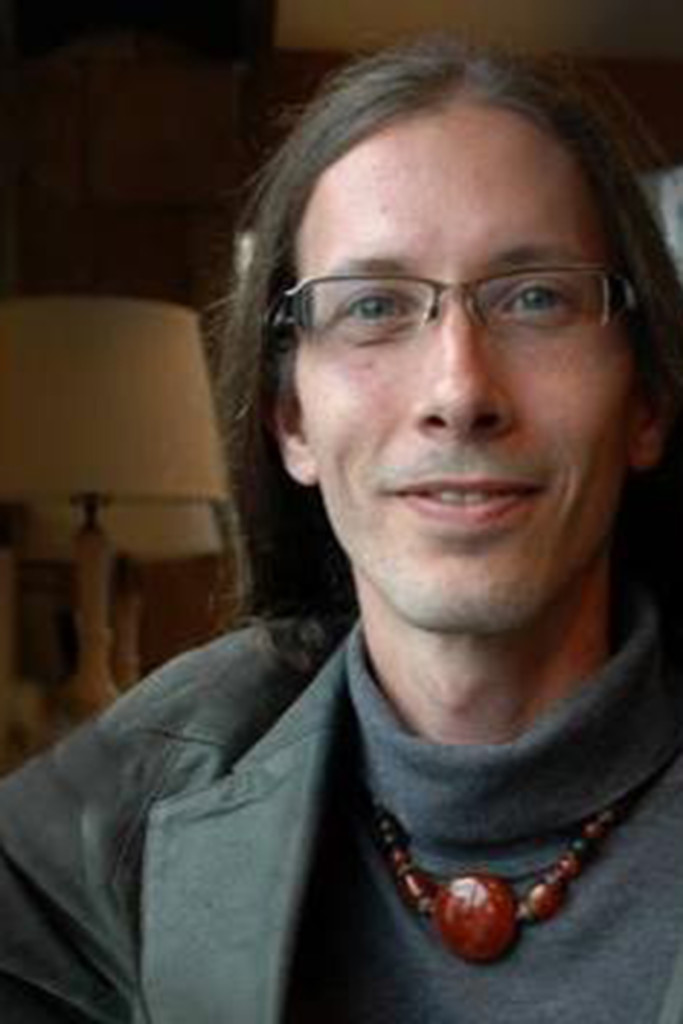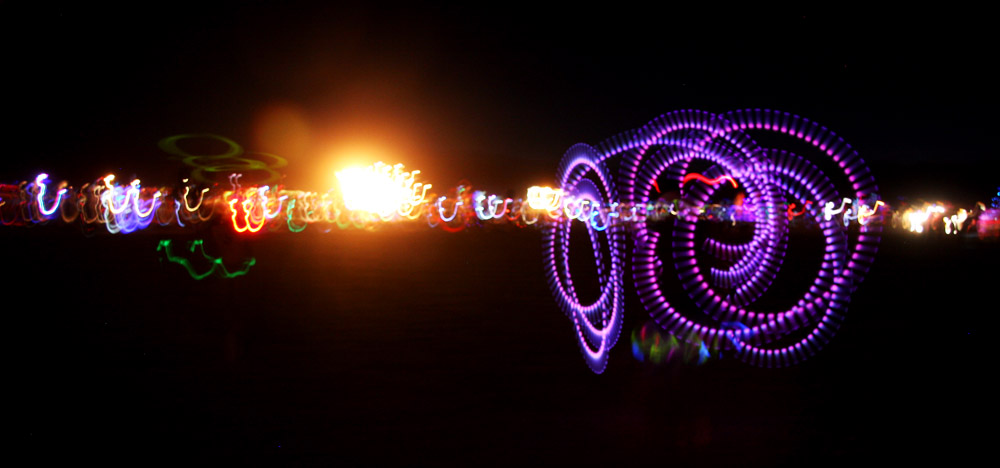Discover Poi Dancing
Learn the Basics of Poi Dancing with Andrew
In this workshop you will learn how to make simple practice poi using tennis balls and leggings/leotards. You will be introduced to basic movements including forward spin, reverse spin, alternating spin and the butterfly pattern.
This workshop is a physical activity workshop that people of all physical abilities can participate in.
Origins of Poi Dancing
In the Māori language, poi can mean the physical objects used by the dancers, the choreography itself, or the accompanying music. In Maori culture, poi performance is usually practiced by women. Some legends indicate that it was first used by men to develop wrist flexibility for the use of hand weapons such as the club-like patu, mere, and kotiate, but recent academic study has found no evidence to confirm this story.
Māori poi come in two forms: short, with strings equal to the length of the fingertips to the wrist; and long, with strings equal to the distance from fingertips to shoulder. A performance includes storytelling and singing in conjunction with choreographed poi routines and is often presented alongside other disciplines, such as waiata a ringa, haka and titi torea (included in kapa haka performances).
Modern Poi
Modern poi coexists with traditional Maori poi and enjoys a broader, worldwide audience.
Traditional Maori poi is generally performed in group choreography at cultural events, with vocal and musical accompaniment. By contrast, modern poi is generally performed by individuals, without singing and with less structured choreography. The tools and styles used are more varied. Many people first encounter poi in the form of fire spinning, but fire spinning is just one form of this highly varied art.
Modern poi borrows significantly from other physical arts, including various schools of dance and many object manipulation arts. Poi is practiced around the world and can often be seen at large festivals like Burning Man, European Juggling Convention.
Unlike many physical arts, learning poi does not usually involve formal education. Most spinners learn from each other or teach themselves using DVDs or online resources. A strong sense of community and self-teaching are key elements of modern poi.
Benefits of Poi
Poi is a physical activity that draws upon the key components of fitness and is highly customizable. Physically active lifestyles have been proven to reduce risk factors and improve functioning and quality of life in the elderly (Daley, 2000). Intrinsically playful, poi as a form of play is proven to have a vital role in keeping the mind and body young by presenting novel situations which foster cognitive innovation, adaptability, and flexibility; which in turn improves reflexes, memory, processing speeds, etc. (Brown, 2009). Physical, mental and emotional benefits are derived from the rhythm of poi as an active music therapy.(Drake, 2010).
Kate Riegle van West pursued a PhD research on poi at the University of Auckland, New Zealand. In 2016, she will conduct the first clinical trial on poi, measuring its effects on physical and cognitive ability in older adults. Kate Riegle van West believes this trial will not only pave the way for future poi and health research, but also have significant implications for the ever growing ageing population worldwide.
[row] [column lg=”6″ md=”12″ sm=”12″ xs=”12″ ]
[/column] [column lg=”6″ md=”12″ sm=”12″ xs=”12″ ]
J Andrew Baker
Shamanic Practitioner, Indigenous Herbalist, Intuitive, Mystic, Writer, Educator, Community Worker, Counsellor, Firedancer, Artist and Activist from Simcoe County, Ontario.
Born and raised in Barrie, Collingwood and Midland, Ontario. His ancestry includes Celtic (Black Irish, English/Welsh, and Scottish), Belgian, and First Nations. Baker carries 20 years experience in the spiritual, holistic health, and esoteric fields focusing on personal/community development and Indigenous traditions. He has apprenticed under experienced intuitive, healers, seers, ceremonialist and traditionalists including Tamare Whitewolf, Leon King, Pat Beevor, Cassity Potter, the Roger Woolger Institute, and Angaangak. He credits many practitioners, teachers, helpers, students and guides throughout the world.
Friday @ 2 in the park




